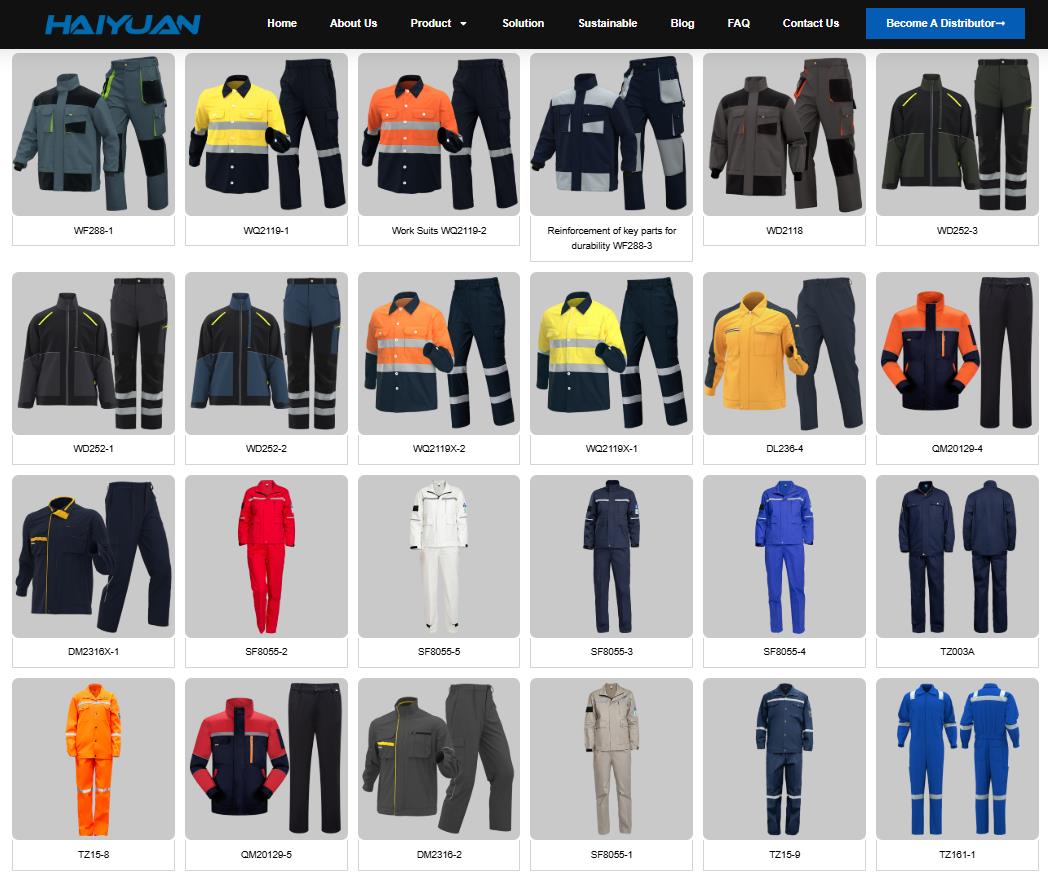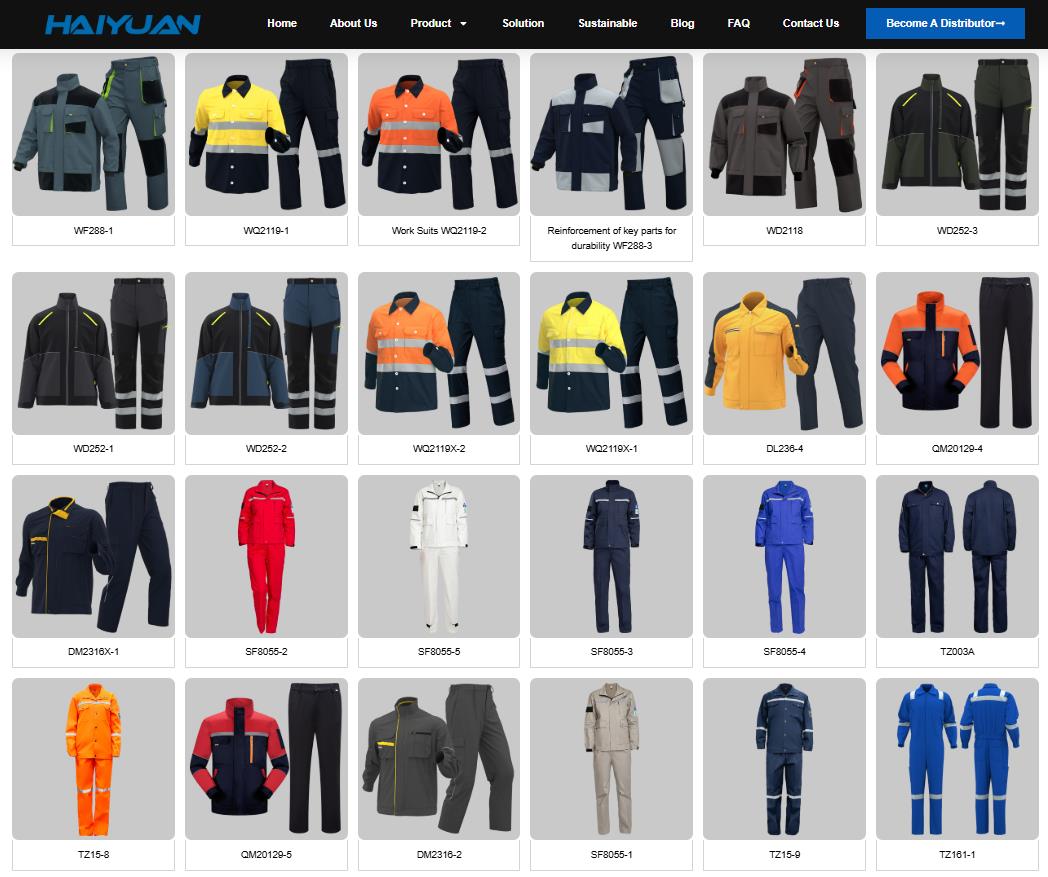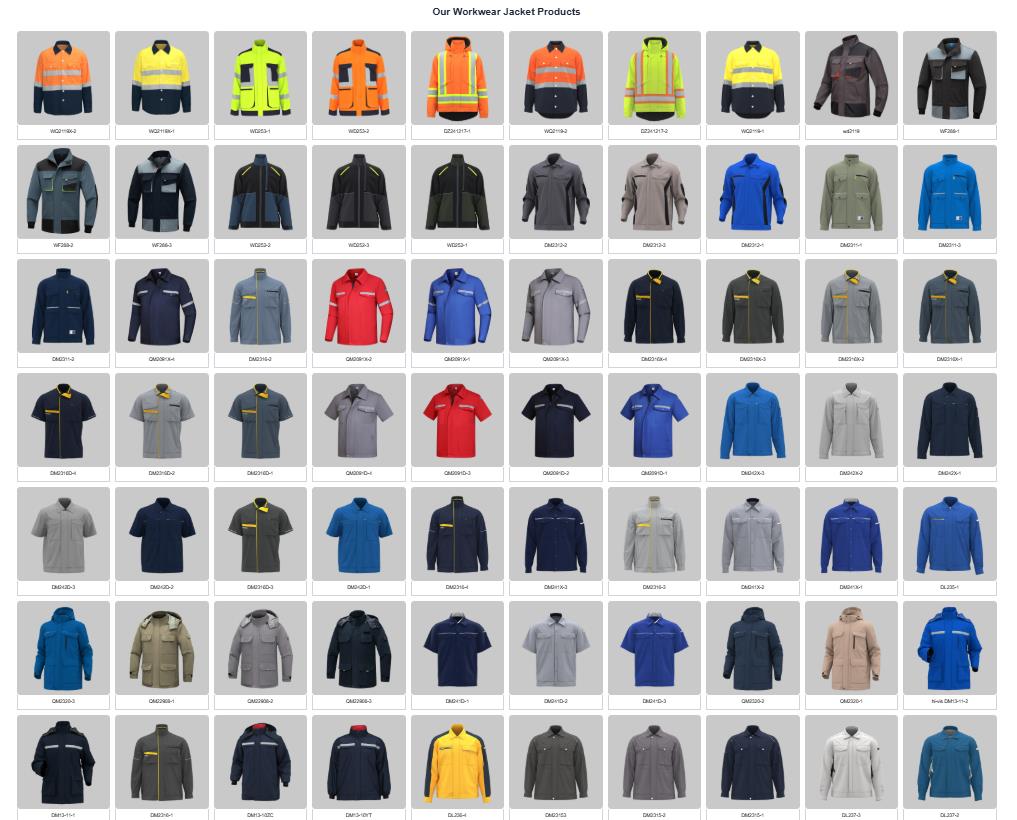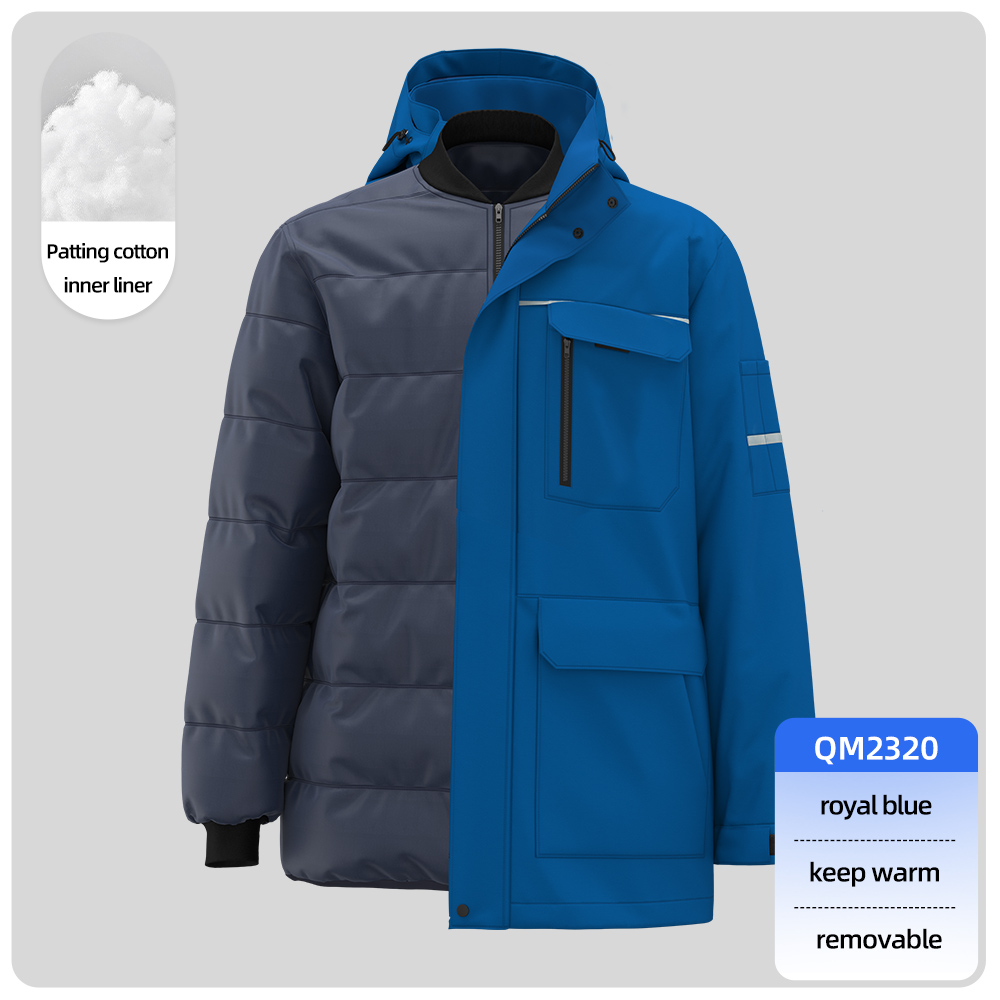Of course. Here is a practical, actionable guide for a Japanese company importing work uniforms from China, with a specific focus on the critical Japanese customs code.
A Guide for Japanese Companies: Importing Custom Work Uniforms from China
For a Japanese company, importing custom work uniforms from China offers significant cost savings and access to extensive manufacturing capabilities. However, the key to a smooth import process lies in correct product classification for Japanese customs. Using the wrong code can lead to customs delays, incorrect duty payments, and potential penalties.
This guide will walk you through the essential steps, with a focus on identifying the correct Japanese Customs Tariff Code (関税番号 Kanzei Bangō), also known as the HS code.
Phase 1: The Most Critical Step – Identifying the Correct HS Code
The Harmonized System (HS) code is an international standard. Japan uses a 9-digit code based on the first 6 digits of the international HS system.
For work uniforms, the classification primarily depends on:
-
Gender (men’s vs. women’s)
-
Fabric Composition (e.g., cotton vs. synthetic fibers)
-
Purpose (general workwear vs. specialized protective clothing)
The most common and likely code for standard cotton work uniforms is:
-
For Men’s Cotton Work Uniforms (Jackets, Trousers, Coveralls):
-
HS Code: 6203.42-090
-
This falls under:
-
Chapter 62: Articles of apparel and clothing accessories, not knitted or crocheted.
-
Heading 62.03: Men’s or boys’ suits, ensembles, jackets, blazers, trousers, etc.
-
Subheading 6203.42: Of cotton.
-
Japanese Statistical Code -090: This suffix typically covers “Other” industrial and occupational clothing for men.
-
-
-
For Women’s Cotton Work Uniforms:
-
HS Code: 6204.62-090
-
This is the equivalent code under the heading for women’s or girls’ suits, ensembles, jackets, etc.
-
Why this is non-negotiable: You must provide this HS code to your Chinese supplier. They will use it on the Certificate of Origin and other shipping documents. The Japanese customs broker will use it to declare your goods and calculate the correct import duty and Consumption Tax.
⚠️ Important Note: If the uniforms are made of synthetic fibers (e.g., polyester), the code would shift to 6203.43 (for men’s) or 6204.63 (for women’s). If they are specialized protective clothing (e.g., flame-resistant), they may fall under a different chapter entirely (e.g., Chapter 62.10). When in doubt, consult a Japanese customs broker before shipping.
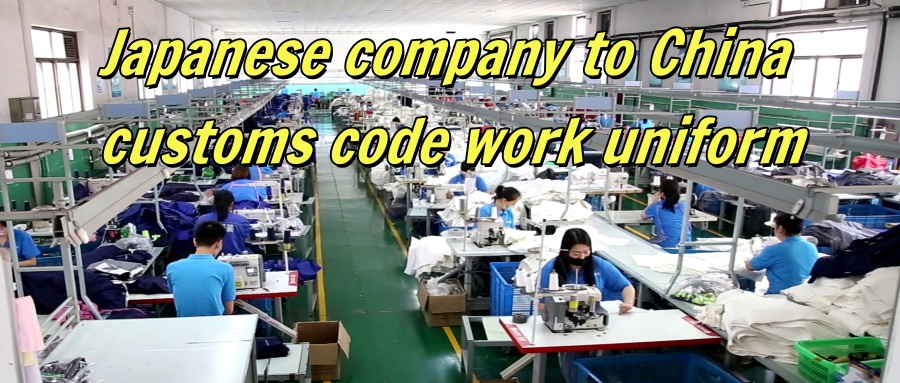
Phase 2: The Import Process: From China to Japan
Step 1: Sourcing and Contracting in China
-
Find a Supplier: Use B2B platforms like Alibaba.com or attend trade shows like the Canton Fair. Look for manufacturers experienced in exporting to Japan, as they understand Japan’s high-quality standards.
-
Agree on Incoterms: The most common and practical terms are:
-
FOB (Free On Board) Shanghai/Ningbo/Qingdao: You control the main shipping and appoint your own freight forwarder. You are responsible for costs and risks from the point the goods are on the vessel.
-
EXW (Ex Works): You are responsible for everything from the factory door in China. Offers more control but requires more effort.
-
CIF (Cost, Insurance and Freight) Tokyo/Osaka: The Chinese supplier arranges and pays for shipping to a Japanese port. This is simpler for you but gives you less control over freight costs.
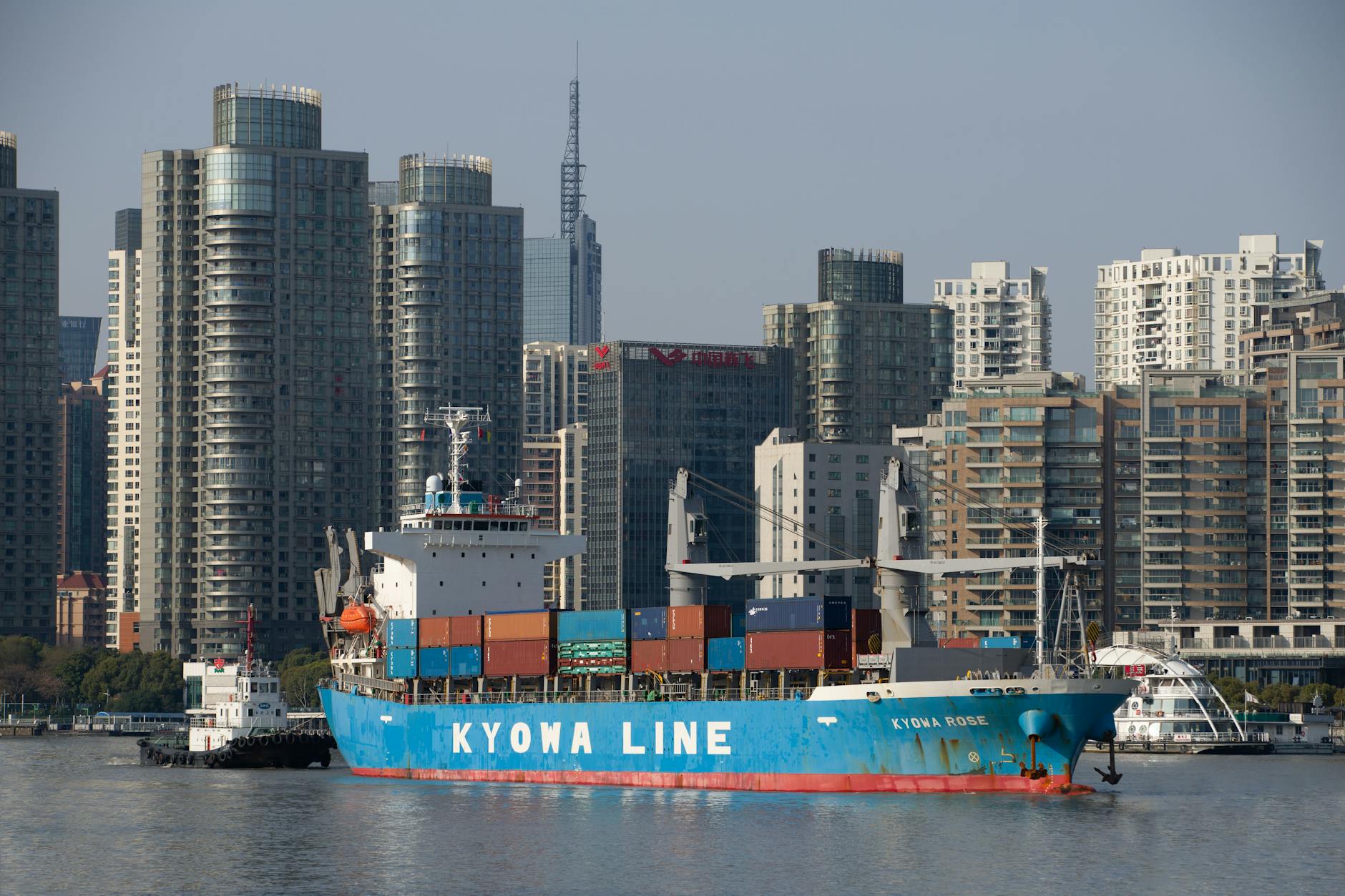
-
Step 2: Key Documents Required for Japanese Customs
Your Chinese supplier must provide you with:
-
Commercial Invoice: Must clearly state the unit price, total value, and the HS code.
-
Packing List: Details the contents, gross/net weight, and dimensions of each package.
-
Bill of Lading (B/L): The title document for the sea freight shipment.
-
Certificate of Origin (COO): This is crucial. A standard COO is sufficient, but if your supplier can provide a Form E Certificate of Origin under the ASEAN-China-Japan-Korea FTA, you may be eligible for a preferential duty rate of 0% for most apparel items.
Step 3: Customs Clearance in Japan
-
Hire a Japanese Customs Broker (通関業者 Tsūkan Gyōsha): This is highly recommended. They handle the complex paperwork and interface with customs on your behalf.
-
Submit the Declaration: Your broker will file an import declaration (輸入申告 Yunyū Shinkoku) through Japan’s NACCS (Nippon Automated Cargo and Port Consolidated System).
-
Pay Duties and Taxes:
-
Import Duty: The standard rate for HS code 6203.42-090 is 9.1% of the CIF value (Cost, Insurance, and Freight). However, if you have a valid Form E Certificate of Origin, this duty can be reduced to 0%.
-
Consumption Tax (消費税 Shōhizei): A flat 10% is applied to the sum of the CIF value + Import Duty. This tax is not exempt under FTAs.
-
-
Inspections: Your shipment may be selected for a documentary or physical inspection by customs.
Practical Tips for a Successful Import
-
Quality Control: Do not skip this. Hire a third-party inspection company (like SGS, QIMA, or a Japan-based service) to check the goods at the Chinese factory before shipment. This ensures the quality meets Japanese expectations.
-
Calculate Landed Cost: Don’t just look at the unit price. The total cost includes:
-
Product cost
-
Shipping and insurance (freight cost)
-
Import duty (unless using Form E)
-
Consumption Tax (10%)
-
Customs broker fees
-
Domestic transportation in Japan
-
-
Communication: Be extremely clear and detailed with your supplier. Provide a tech pack with specifications, sizes (note that Asian sizing differs from Japanese sizing), and exact logo placement. Use diagrams and photos.
By meticulously following these steps, with a primary focus on correct HS code classification and leveraging free trade agreements, your Japanese company can efficiently and cost-effectively import high-quality custom work uniforms from China.
Useful links:

